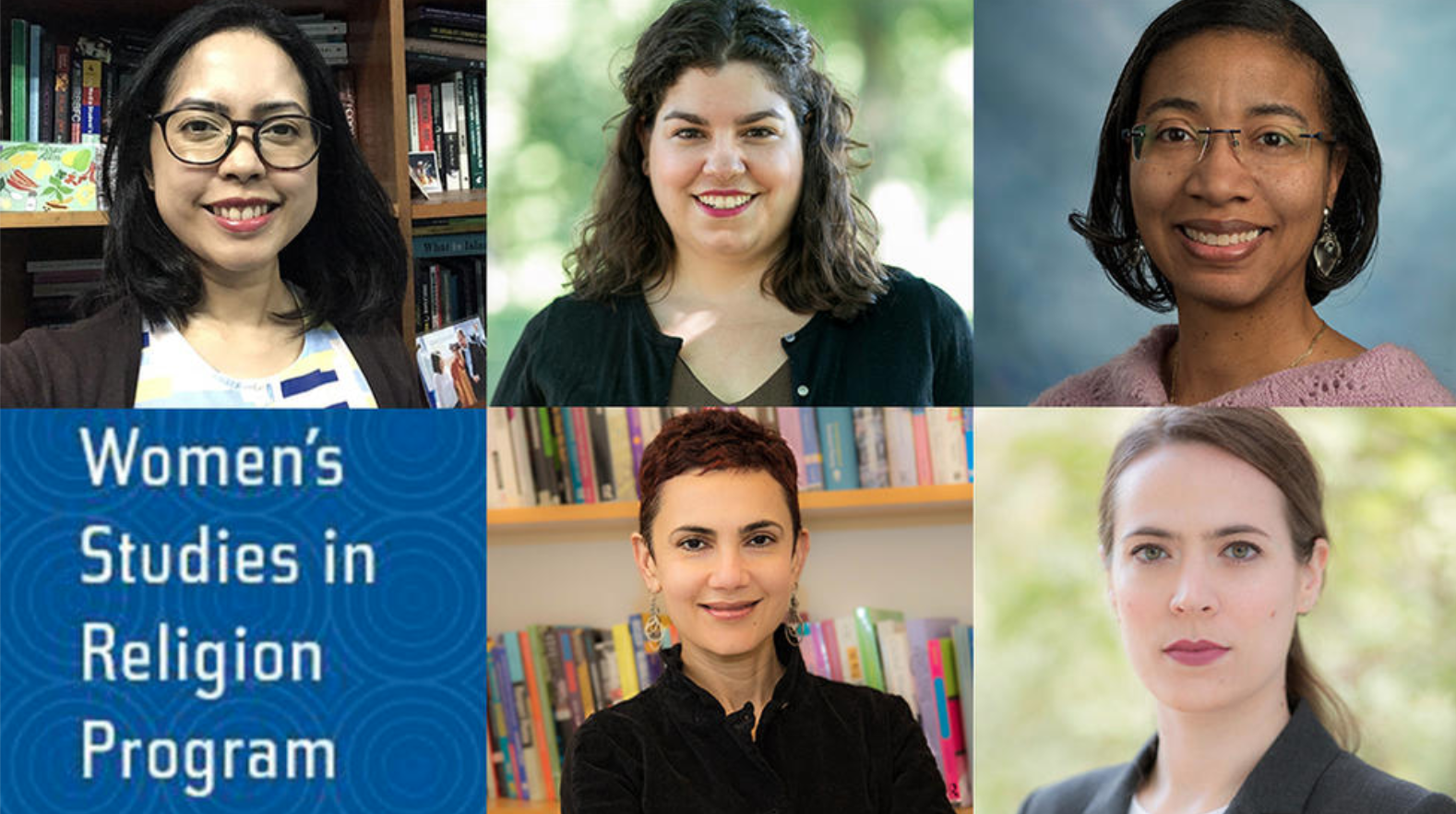As part of the ongoing Smithsonian National Museum of American History exhibition “Girlhood (It’s Complicated)” I joined a team of scholars writing on Latina/o/x experiences.
Read more about the project here, and visit my contribution, “Picturing Catholic Girlhood” online at Smithsonian Magazine, in English and Spanish:
“Pretty, pious, prayerful–the photographs that I study offer a glimpse into expectations for faithful girls, and prompt us to ask what young women may have thought about these moments of religious formation…”
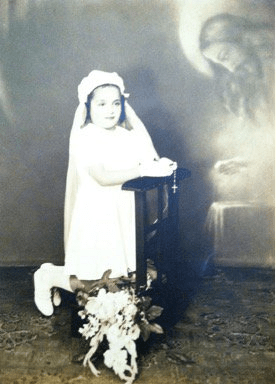
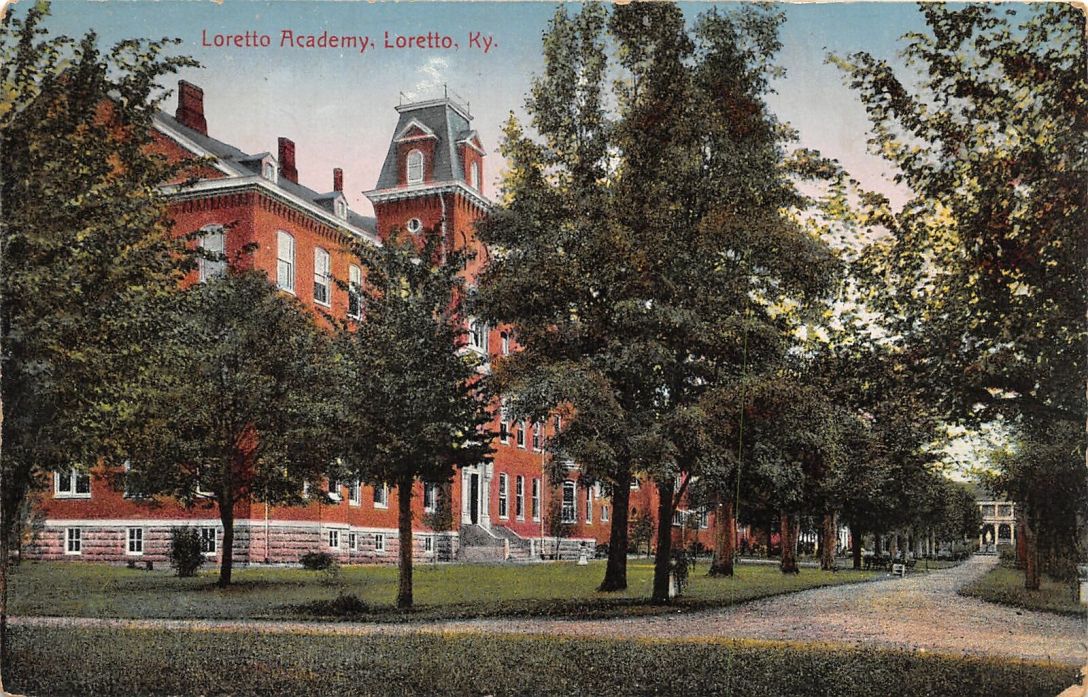
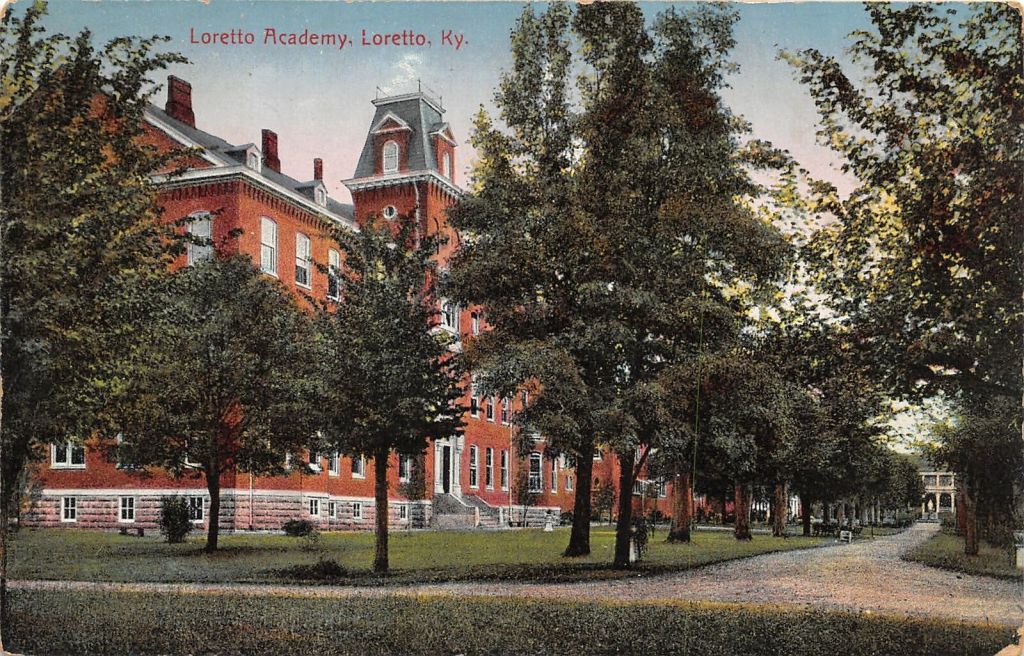
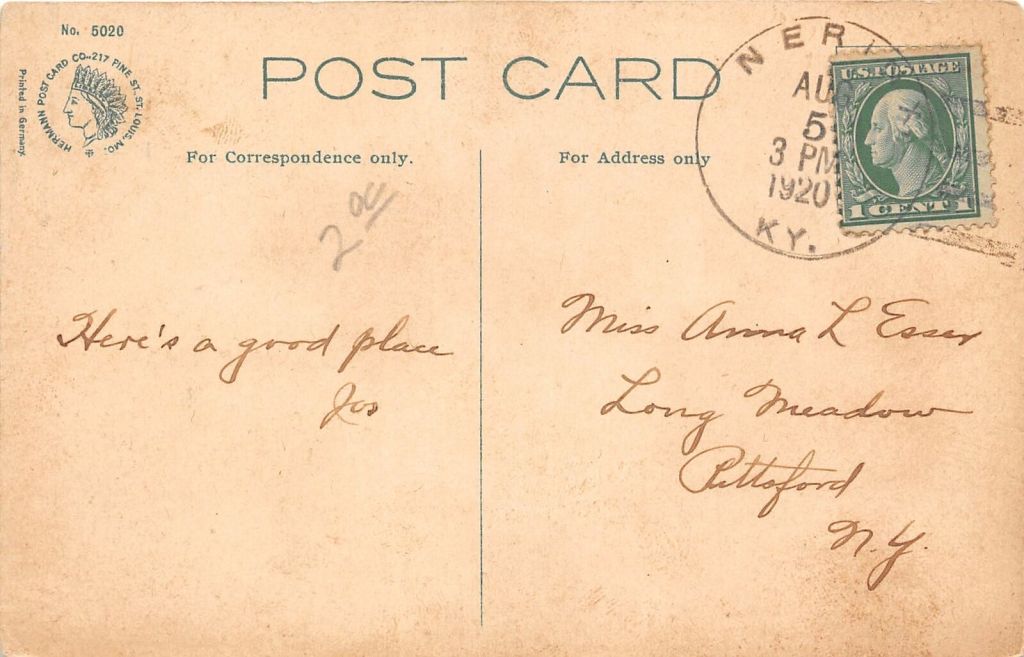


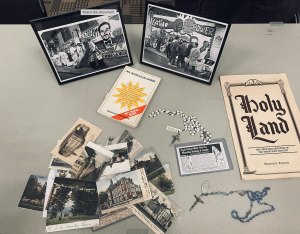







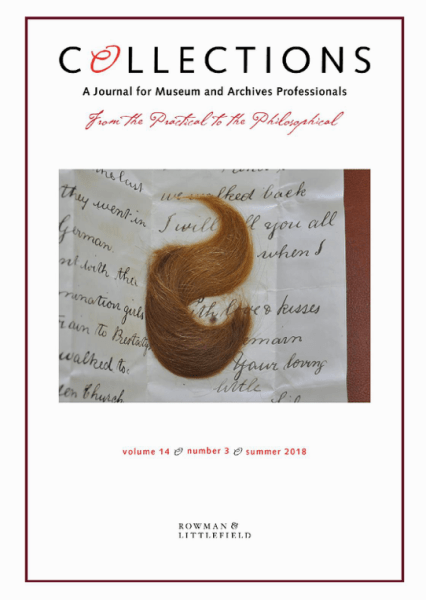 It’s June 4th, 2019 — 100 years to the day that Congress passed the
It’s June 4th, 2019 — 100 years to the day that Congress passed the 
